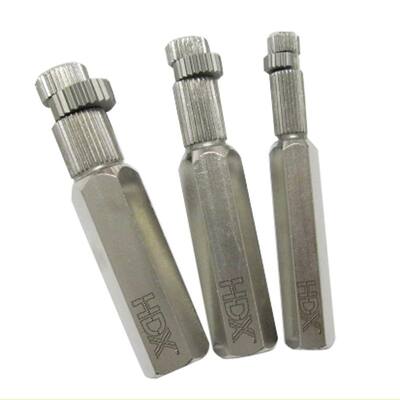Steveg353
Veteran Member
I have twin American Diesel 135s. On the port side of one engine, there is a line to send coolant to the water heater. There is a 1/2" brass threaded pipe nipple that has sheared off in the block.
I am going to attempt (for my first time) to extract the sheared off piece still in the block with an easy-out.
I have some questions.
Is there any advice I should know before attempting the extraction.
It seems straight forward but I don't want to mess this up.
Should I go back with a brass nipple? Seems like the weight of the fittings and valve hanging on a brass nipple from a vibrating engine is not a good idea.
Perhaps a stainless steel nipple would be better but is there concern with different metals being used in this application.
I am going to attempt (for my first time) to extract the sheared off piece still in the block with an easy-out.
I have some questions.
Is there any advice I should know before attempting the extraction.
It seems straight forward but I don't want to mess this up.
Should I go back with a brass nipple? Seems like the weight of the fittings and valve hanging on a brass nipple from a vibrating engine is not a good idea.
Perhaps a stainless steel nipple would be better but is there concern with different metals being used in this application.



